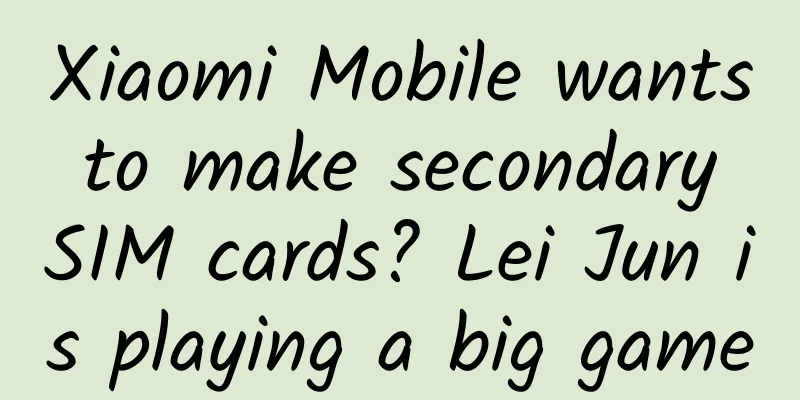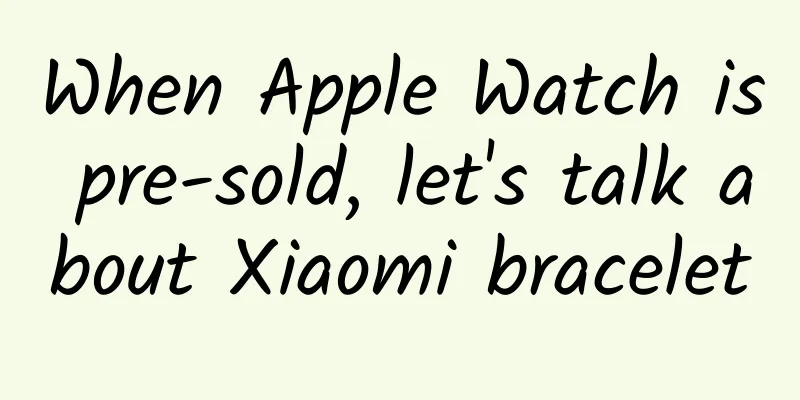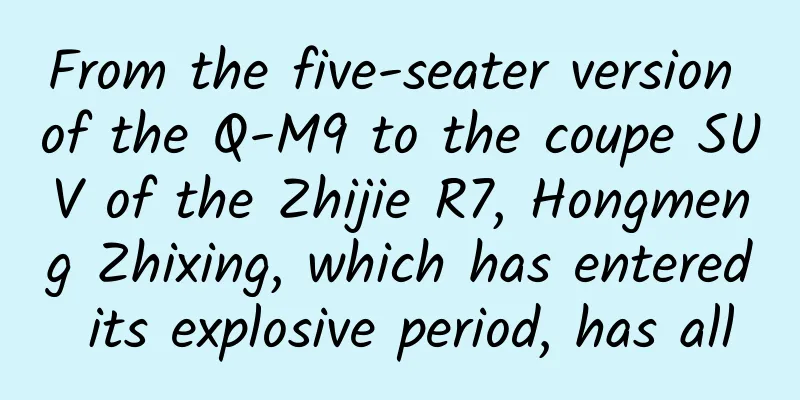Xiaomi Mobile wants to make secondary SIM cards? Lei Jun is playing a big game

|
On the afternoon of September 22, Xiaomi Technology released its flagship smartphone, the Xiaomi 4C. Coincidentally, one day later, on September 23, Meizu will release its flagship smartphone, the Pro5. In Beijing Wuzhou Crowne Plaza, two rows of security guards in black separated the lobby on the first floor. On the left, under a black background, was a billboard for the launch of the Meizu Pro5, while on the right, under a white background, was the launch of the Xiaomi flagship new product, the 4C. Just a few days after Lei Jun and Huang Zhang had a war of words on Weibo, two tit-for-tat press conferences undoubtedly succeeded in attracting the attention of the industry. At the press conference, Lei Jun, who was still wearing a Vancl suit, called the Xiaomi 4C "the little prince of Android". As an upgraded version of the Xiaomi 4i released for the international market in April this year, the Xiaomi 4C uses the latest 64-bit Qualcomm Snapdragon 808 processor released in the second quarter of 2015, full network 2.0 (covering all 2G/3G/4G network standards of China Mobile, China Unicom, and China Telecom, supporting dual SIM dual standby and LTE+CDMA1x network connection, no need to distinguish between primary and secondary cards when using, and 4G network can be selected when using China Telecom card, China Mobile card, and China Unicom card at the same time), 5-inch 1080P screen, 13 million Sony camera, edge touch, infrared remote control, high-speed rail mode, smart roaming acceleration, etc., and the price starts at 1,299 yuan. In order to reduce the stereotype of Xiaomi phones being cost-effective, Lei Jun focused on the functionality and usability of this 4C model in his introduction, so as to make it a product that is competitive enough in the market at the current price of 1,300-1,500 yuan. In fact, compared with Xiaomi 4C, Xiaomi Mobile, that is, Xiaomi's virtual operator business in the second half of the conference was the real highlight. Let us first review the history of Xiaomi Mobile. On July 8, 2014, China Telecom issued and announced the third batch of companies that obtained virtual operator licenses, and Xiaomi Technology was on the list. In November of the same year, the Ministry of Industry and Information Technology issued the fourth batch of mobile communications resale business pilot approval documents to eight private enterprises, including Xiaomi Technology Co., Ltd. In the past year, the business of virtual operators has been lukewarm. Limited by the control of basic operators and the senior business level of license holders, users can hardly feel the presence of those virtual operators. One year later, Xiaomi launched Xiaomi Mobile in a high-profile manner, which is really exciting. How can Lei Jun, who has always been known for his "focus on innovation and fast reputation", subvert the industry this time? At the press conference, Lei Jun said that Xiaomi Mobile is a virtual operator using Internet thinking. He called the virtual operator card launched by Xiaomi Mobile "Renwoxing Phone Card". This card has two types of packages, namely "Renwoxing Phone Card" and "All You Can Eat Card". Among them, the "Renwoxing Phone Card" claims to be 100% free of monthly fees, and the Internet and phone calls are priced at a uniform price. The "Renwoxing" card supports China Unicom's 2G/3G/4G network, and the charges for phone calls are 0.1 yuan/minute, SMS 0.1 yuan/message, and Internet access 0.1 yuan/MB, and 100% free of monthly fees. The "All You Can Eat Card" is specially designed for heavy mobile Internet users and supports China Telecom's 2G/3G/4G networks. It costs only 59 yuan per month, including 3000MB of data, 0.1 yuan per minute for calls, 0.1 yuan per text message, and 0.1 yuan per MB for data exceeding the package. Lei Jun joked that 3000MB is definitely enough, and even if the extra part is 1 cent per MB, it is not a rip-off. Judging from the current situation, Xiaomi Mobile must have been well prepared as it waited a year after obtaining the virtual operator license before launching the phone card. The core of the Xiaomi model that Lei Jun has always touted is the triathlon of "hardware + software + Internet services". The hardware includes smartphones, smart TVs, and Xiaomi routers. With 80 million terminals shipped so far and over 100 million MIUI users, Xiaomi is already a force that cannot be underestimated on the mobile side. As the gateway to the mobile Internet, Xiaomi's scale effect continues to form. As Xiaomi continues to grow, Lei Jun is also clearly aware of its own shortcomings. For example, the stickiness of content after users gather together, and the user activity level directly depends on the sensitivity of tariffs. The virtual operator license fills the latter shortcoming and helps Xiaomi build a deeper service system. Xiaomi's core model may become the "tetraathlon", and whether it is hardware products, MIUI system, Internet services or numbers, they all have the ability to bundle users. The combination of the four can bind users firmly and allow them to deeply cultivate value. In the future, users who buy Xiaomi phones may find that a "Renwoxing phone card" has been directly inserted into the phone they bought. The room for imagination will be large enough. As long as the operator agrees, Xiaomi can even obtain its mobile resale qualification and use software to enable users to freely choose the network and leave the basic operator. With Xiaomi's ecological capabilities, MIUI can completely become the main interface for its communication business sales and services. By continuously accumulating an increasingly large number of users, Xiaomi will form a terrible business ecosystem, which is probably Lei Jun's ultimate goal. Of course, ideals are beautiful, but reality is hard. For operators, no private capital manufacturer will be allowed to challenge their authority. The comparative pricing power is still in their hands. Although Xiaomi's virtual operator is good, Lei Jun's "sincerity" and concessions must be made by Xiaomi under huge financial pressure. At present, when the number of users is small and everyone is waiting and watching, making some amazing moves may attract attention, but if hundreds of millions of Xiaomi mobile phone users accept virtual operators, it will definitely be a big burden for Xiaomi. Bad news and good news, with manufacturers like Xiaomi joining the battle, other virtual operators who have obtained licenses will certainly not sit idly by. However, this time, Lei Jun has been very low-key, saying: Renwoxing phone cards can be used to deal with intermediaries and couriers, and can also be used as data cards. Xiaomi Mobile just wants to be a secondary SIM card? Do you believe it? |
<<: Developers say: What should we do as the Web becomes more and more complex?
>>: Ten principles for good API design
Recommend
Suzhou Restaurant Kitchen Mini Program investment price inquiry, how much is the Suzhou Restaurant Kitchen Mini Program investment price?
The advantages of WeChat mini program investment ...
What is happening to the Qinghai-Tibet Plateau under the influence of global warming?
The Qinghai-Tibet Plateau is known as the "R...
Korean media questioned fake QLED, sparking controversy over display technology again
Recently, a report from South Korean media has sp...
Large capacity, zero attenuation, CATL Tianheng energy storage system debuts at ESIE 2024
On April 11, the 12th Energy Storage Internationa...
How to solve the problem of too high average click price in bidding promotion?
The most effective way to directly control the av...
Is goose down better than duck down? Don’t choose the goose over the duck when choosing down jackets!
Audit expert: Wang Lei National Parks and Conserv...
In 2020, Jinan will relax restrictions on settling in the city. How much is the price per square meter of housing in Jinan?
Jinan has been developing very well. Many young p...
How to conduct product analysis based on industry and business?
1 Why? Why do I emphasize that PMs should pay att...
What are some common marketing plans for Internet celebrity stores?
Nowadays, most people hear about and come into co...
Central Bank Governor: Bitcoin is not a currency, so how can it be banned?
The governor of the central bank, Zhou Xiaochuan, ...
How spectacular is the "gateway" of the One Valley and Nine Waterfalls? Uncovering the secrets of China's largest natural gneiss bridge
"A natural stone arch hanging over an eroded...
Since dark matter is present throughout the universe, why can't humans perceive it, yet know it exists?
To clarify this issue, we need to first clarify t...
What is the gap between domestic mobile phone manufacturers and Samsung?
Market share and profit amount PK At the end of A...
JD.com, which holds big data, wants to further increase the value of data
Since the whole society entered the Internet era,...
0 cost, daily increase of 1000+ followers, the must-know traffic-driving method for new media
This article shares with you an alternative but e...









